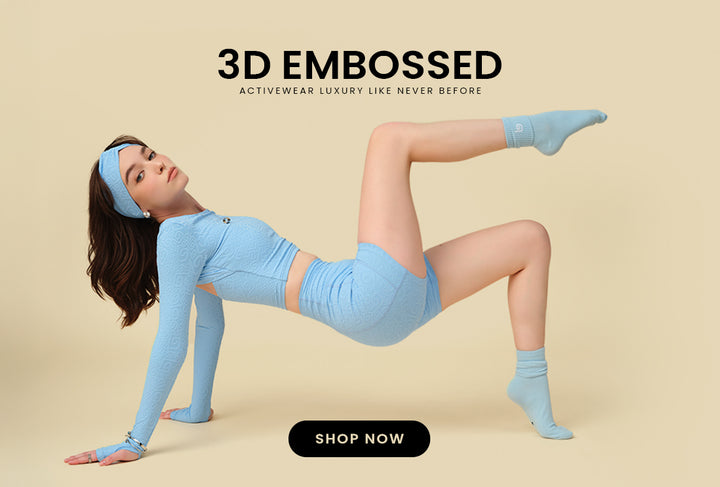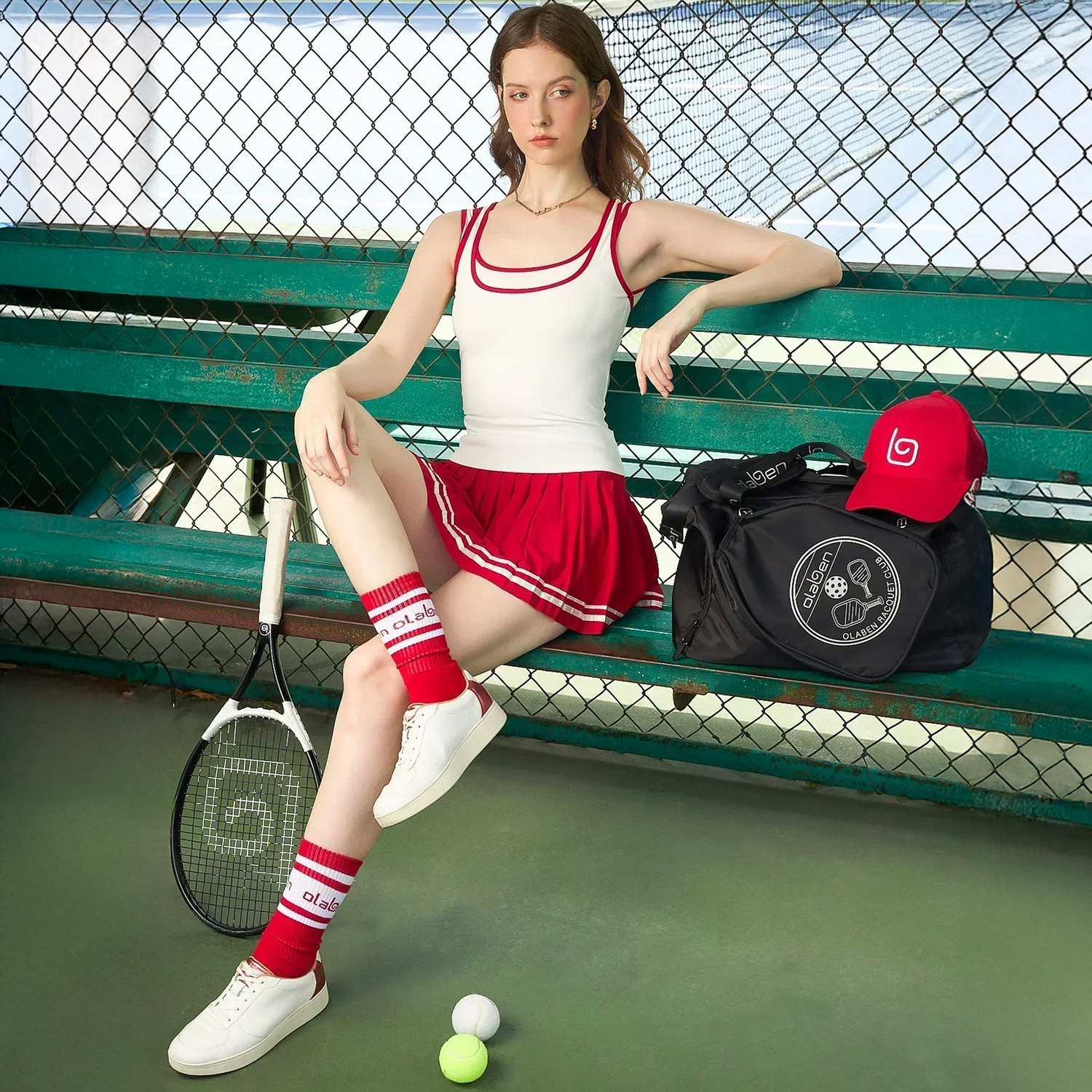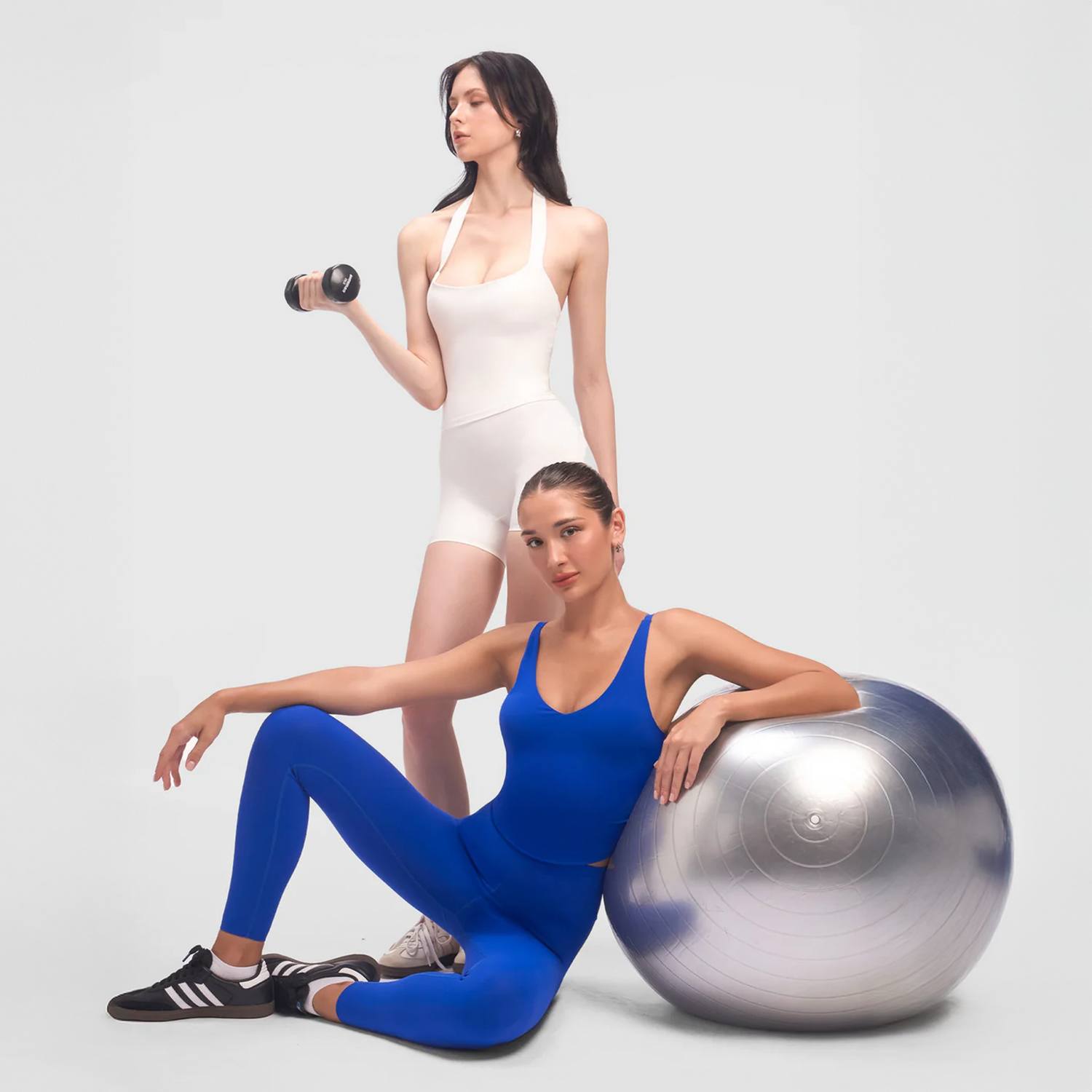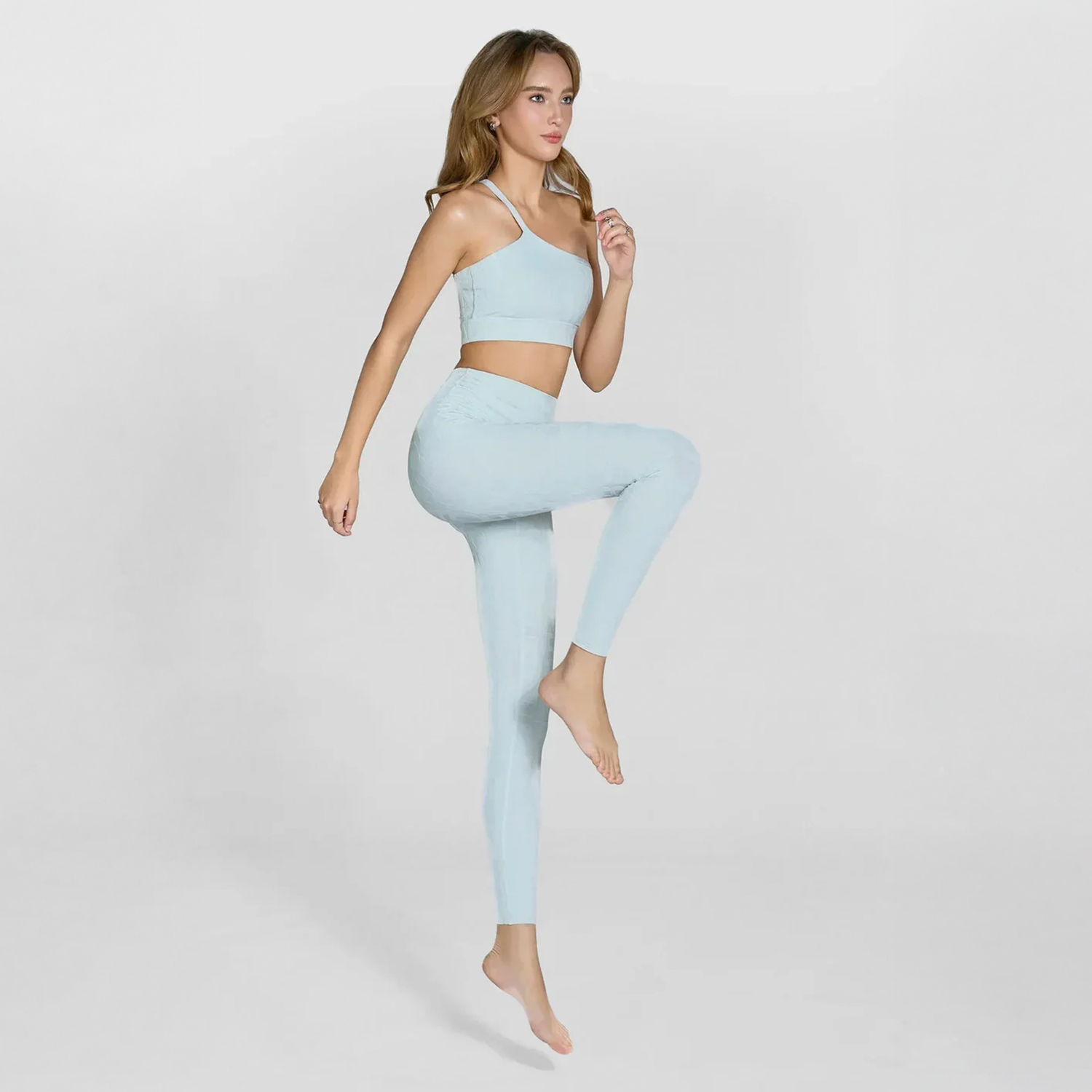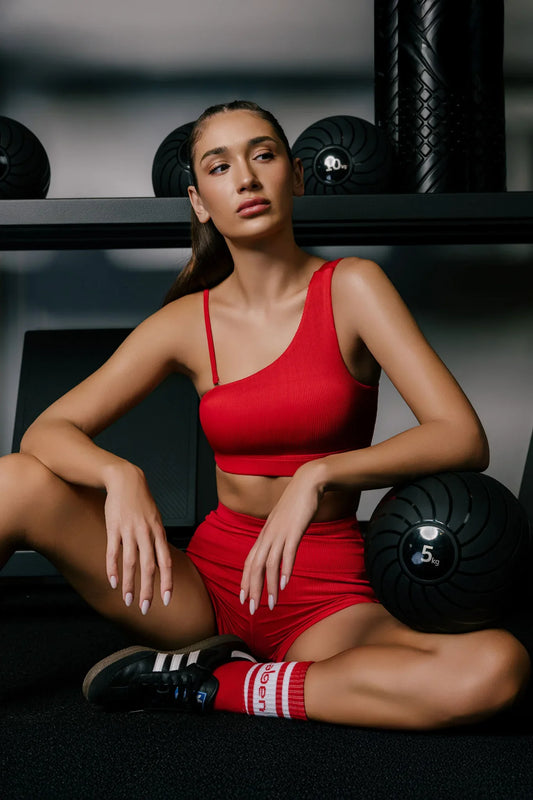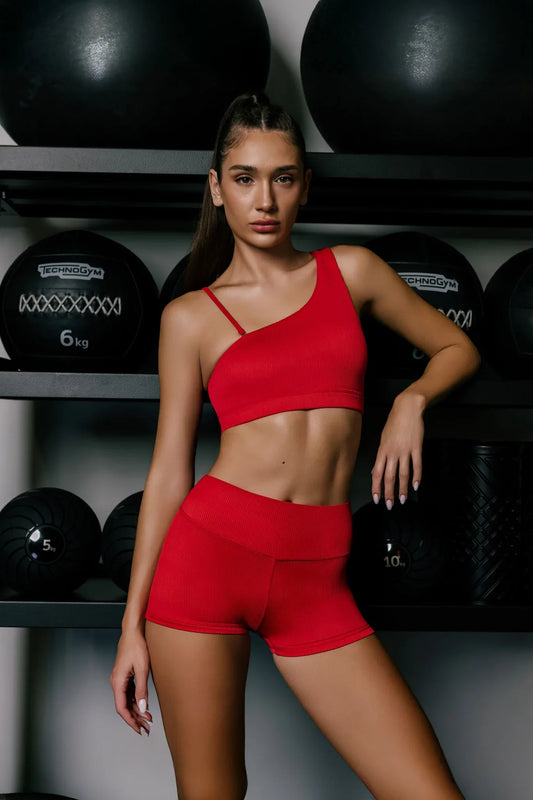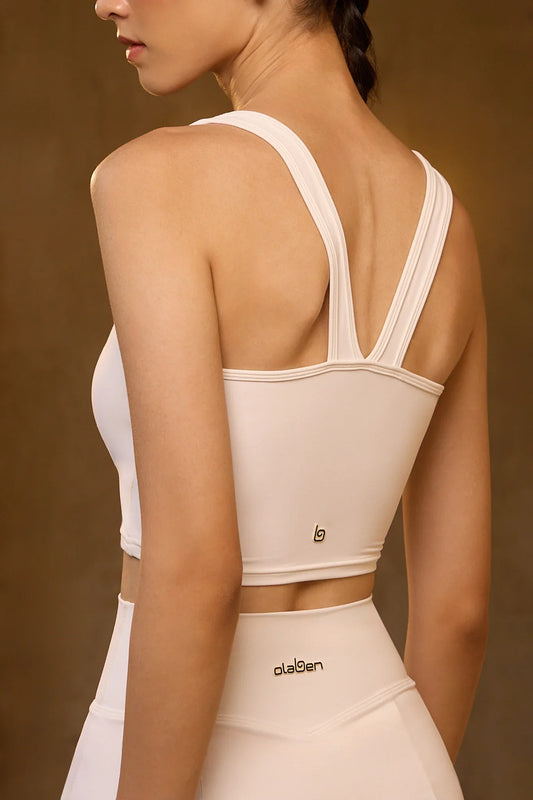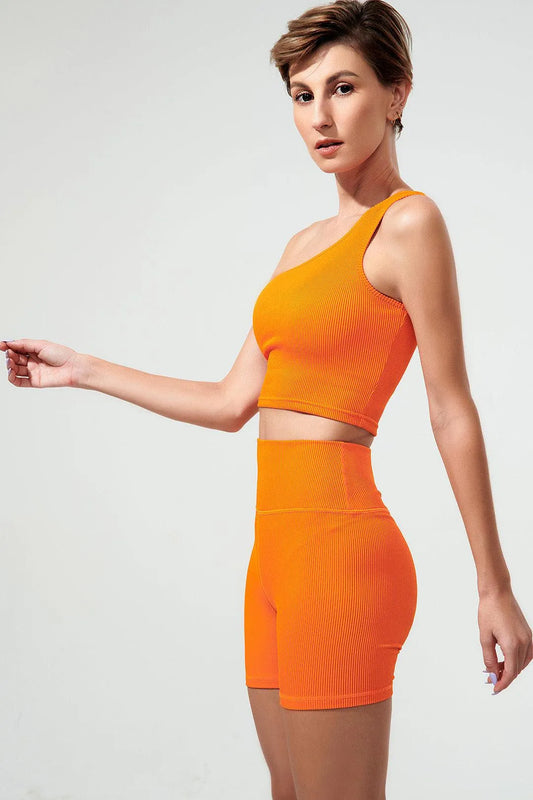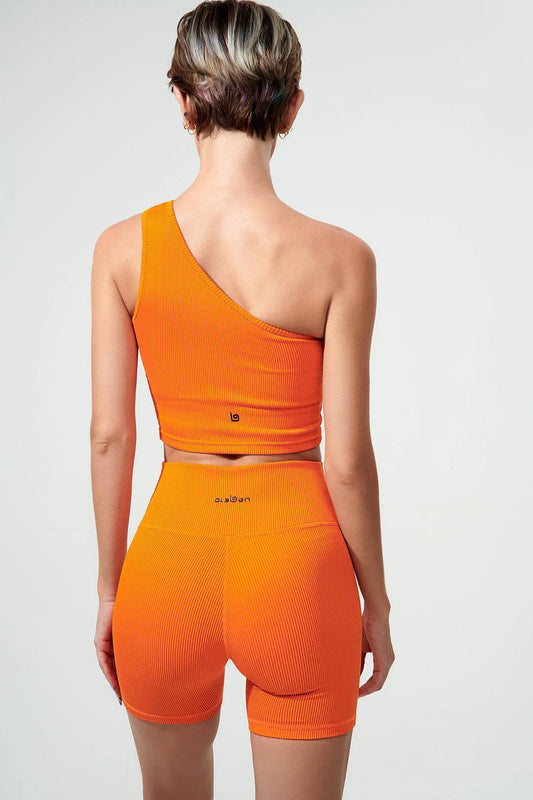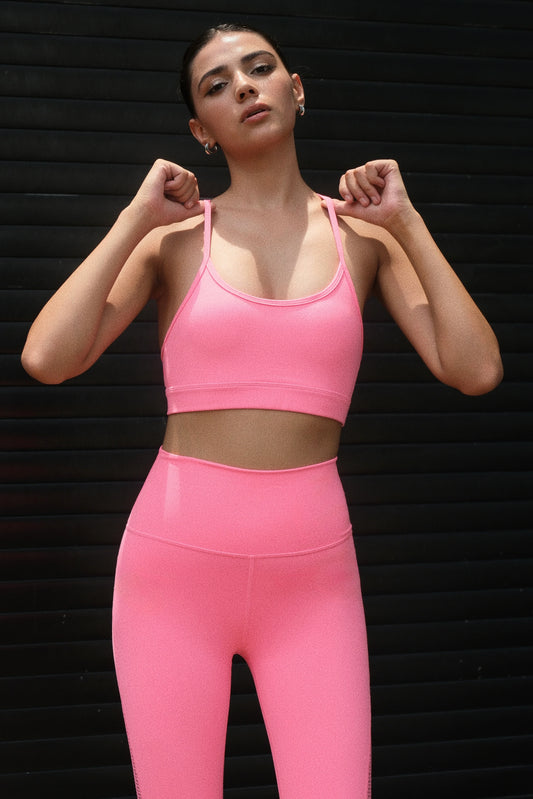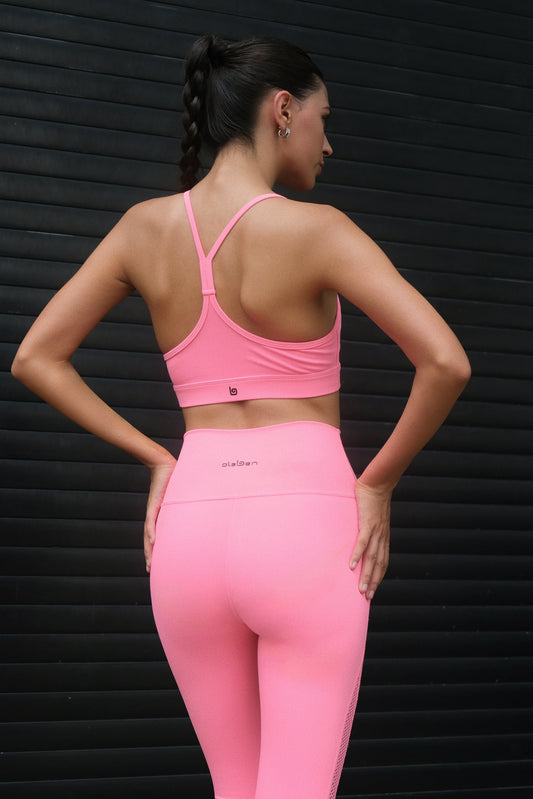In today’s textile world, polyamide and polyester are among the most widely used synthetic fibers. Known for their durability, versatility, and performance, these materials appear in everything from activewear and lingerie to outerwear and industrial fabrics.
Although they share a synthetic origin, their structure and properties differ — influencing comfort, performance, and sustainability. Let’s explore with Olaben to understand what sets them apart.
What is Polyamide (Nylon)?
Polyamide, commonly known as nylon, is a synthetic fiber made from polymers such as polyamide 6 or polyamide 6.6. It’s prized for its elasticity, strength, and silky softness, making it ideal for sportswear, hosiery, lingerie, and technical garments where comfort and flexibility matter most.
What is Polyester (PET)?
Polyester, derived from polyethylene terephthalate (PET), is known for its shape retention, wrinkle resistance, and easy care. It’s widely used in casualwear, outerwear, and home textiles, often blended with other fibers for enhanced performance and texture.

Properties and Performance: Head-to-Head Comparison
|
Property |
Polyamide (Nylon) |
Polyester (PET) |
|
Elasticity |
Excellent stretch and recovery |
Limited elasticity |
|
Softness |
Smooth, silky handfeel |
Drier, stiffer texture |
|
Moisture Absorption |
~4% moisture regain |
<1% moisture regain |
|
Drying Speed |
Quick-drying, breathable |
Extremely quick-drying but less breathable |
|
Abrasion Resistance |
Outstanding |
Good |
|
UV Resistance |
Moderate |
Excellent |
|
Wrinkle Resistance |
Good |
Excellent |
|
Dyeing |
Easy, bright colors |
Requires high temperature and pressure |
|
Sustainability Options |
Regenerated and bio-based yarns |
Recycled PET widely available |
Comfort and Skin Feel
When it comes to next-to-skin garments, polyamide clearly excels. Its softness, elasticity, and moisture regulation create a naturally comfortable experience, ideal for activewear, seamless garments, and intimate apparel.
Polyester, by contrast, has a slightly stiffer texture and can feel less breathable, especially in tight-fitting styles. However, advancements in spinning and finishing techniques have improved the softness of modern polyester fabrics, particularly in recycled polyester blends.

Moisture Management and Breathability
A key distinction in the polyamide vs polyester debate is moisture behavior:
- Polyamide absorbs small amounts of moisture, helping fabrics wick sweat away from the skin and promote breathability.
- Polyester, being almost completely hydrophobic, resists moisture but may retain sweat on the surface, making it feel less dry during prolonged activity.
This difference makes polyamide a better choice for performance sportswear, while polyester is often used in outerwear or casual garments that prioritize quick drying.
Durability and Resistance
Both fibers are engineered for durability — but they resist wear in different ways.
- Polyamide offers superior abrasion and tear resistance, making it ideal for technical gear, tights, and activewear exposed to friction or mechanical stress.
- Polyester maintains strong UV stability and resistance to wrinkles and shrinkage, performing well in outdoor gear and home furnishings.
In short, polyamide withstands movement; polyester withstands the elements.

Care and Maintenance
- Polyamide: Retains its shape and elasticity even after repeated washing. It dries quickly but performs best when washed at moderate temperatures.
- Polyester: Extremely easy to care for—resists wrinkles, can be machine-washed frequently, and dries rapidly.
For consumers, this means polyester is the lower-maintenance option, while polyamide provides premium comfort with slightly more delicate care requirements.
Sustainability: Towards Circular Synthetic Fibers
Both fibers originate from petroleum, but the textile industry is moving toward eco-conscious production. At Olaben, sustainable innovation plays a key role in material selection — focusing on recycled and bio-based fibers that reduce waste and environmental impact.
New-generation regenerated polyamide and recycled polyester yarns now allow the same performance and aesthetics while promoting textile circularity. This shift marks a step forward toward a greener, high-performance future in fashion and activewear.

Polyamide or Polyester: Which Should You Choose?
The right choice depends on your goals:
- Choose polyamide when you need softness, elasticity, durability, and comfort—ideal for sportswear, underwear, hosiery, and high-performance fabrics.
- Choose polyester for wrinkle resistance, UV protection, quick drying, and cost efficiency—perfect for outerwear, everyday clothing, and home textiles.
For many modern collections, blending polyamide and polyester creates the best of both worlds—combining elasticity, durability, and easy care into one versatile fabric.
Conclusion: Innovation at the Heart of Synthetic Textiles
The polyamide vs polyester comparison shows that both fibers bring unique strengths to modern fashion. With ongoing innovation in recycled and bio-based materials, Olaben continues to pioneer sustainable, high-performance fabrics — helping wearers move freely, confidently, and responsibly.
